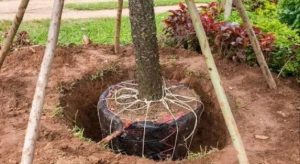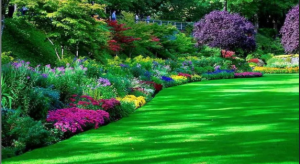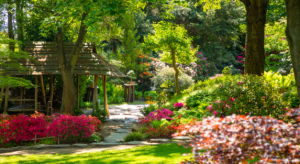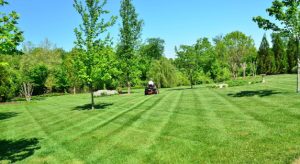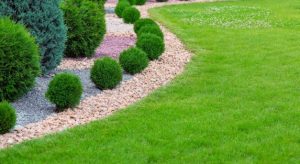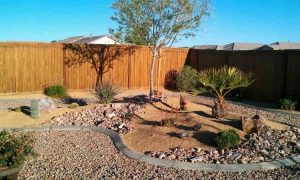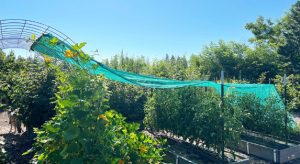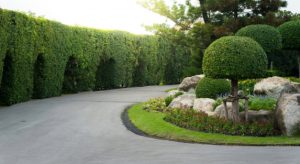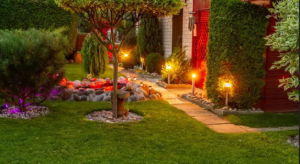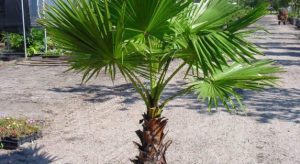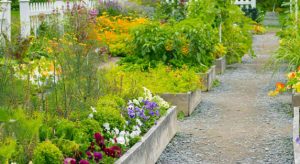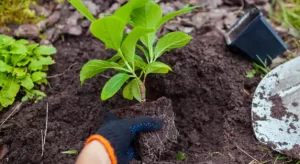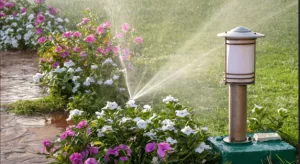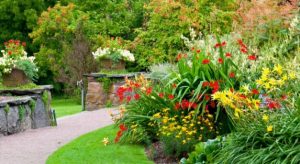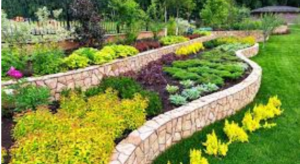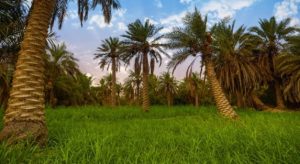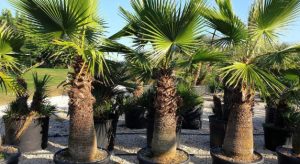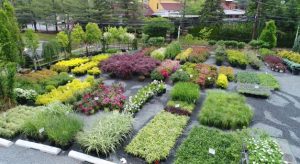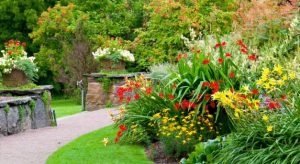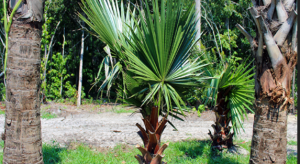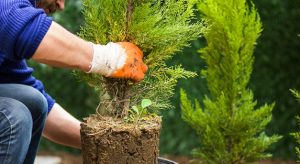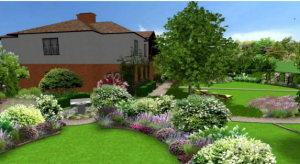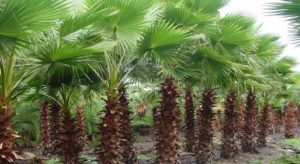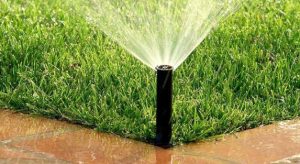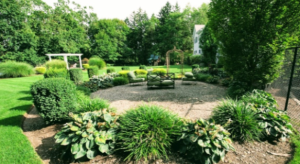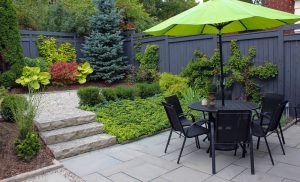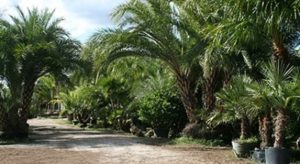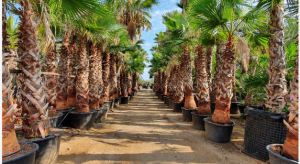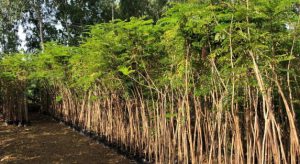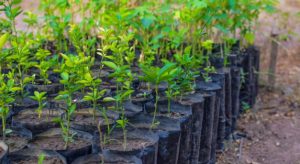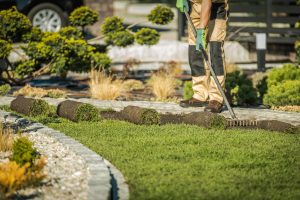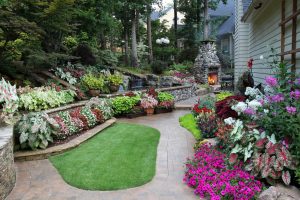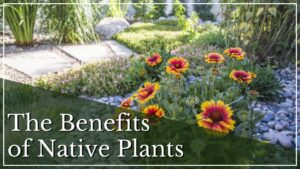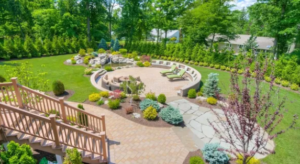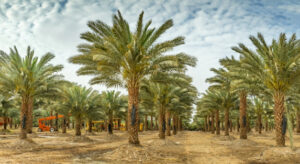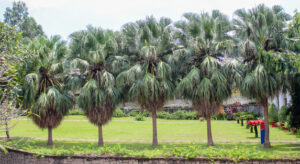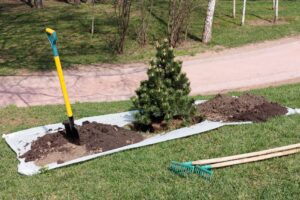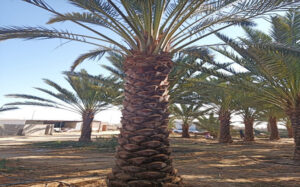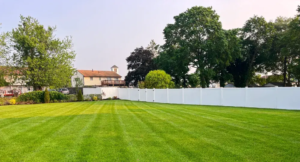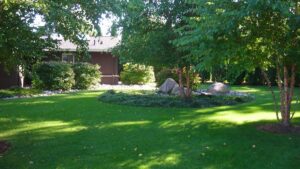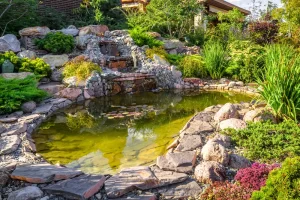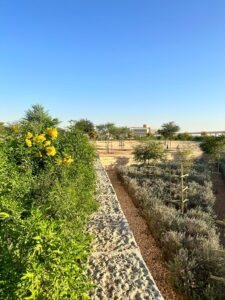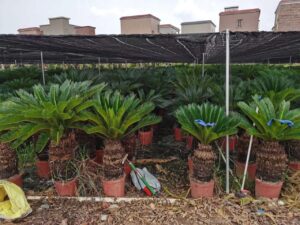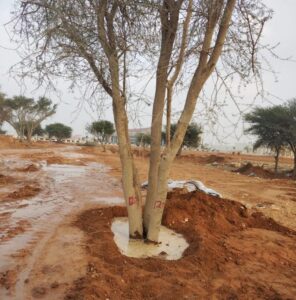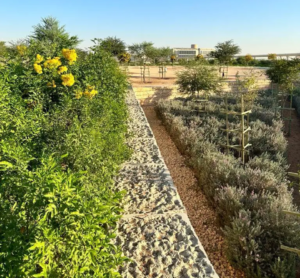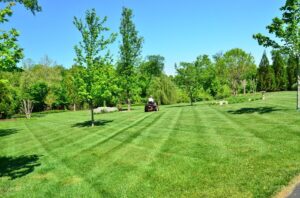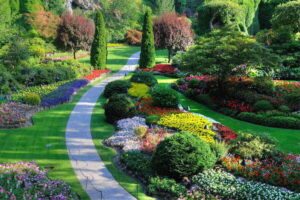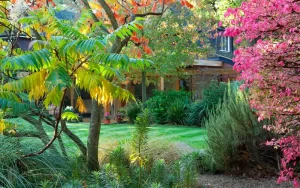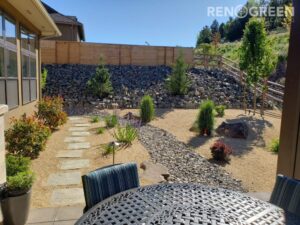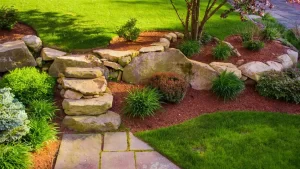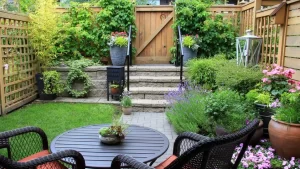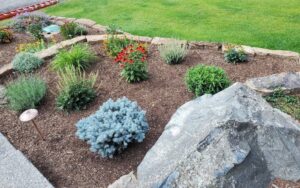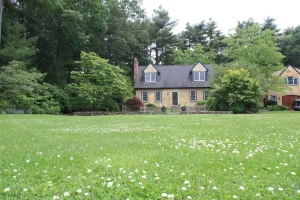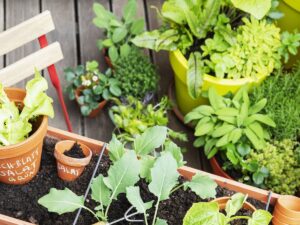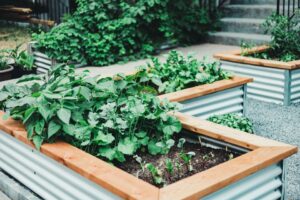The Benefits of Native Plants in Landscaping
21 October, 2024
Introduction
Landscaping plays a vital role in enhancing the aesthetics and functionality of outdoor spaces. When it comes to choosing plants for your landscape, the decision can significantly impact not just the visual appeal but also the ecological health of the area. One of the best choices for sustainable landscaping is incorporating native plants. This article will delve into the myriad benefits of native plants in landscaping, showcasing why they are an excellent option for both seasoned landscapers and casual gardeners alike.
Understanding Native Plants
Before we explore the benefits, it’s essential to define what native plants are. Native plants are species that have evolved naturally in a particular region over thousands of years. They are adapted to the local climate, soil, and wildlife, making them an integral part of the local ecosystem. Understanding their role is crucial for appreciating their benefits in landscaping.
1. Low Maintenance Requirements
One of the most significant advantages of using native plants in landscaping is their low maintenance needs. Here’s why:
- Adaptation to Local Conditions: Native plants have evolved to thrive in their specific environments, meaning they are more resistant to local pests and diseases. This resilience reduces the need for chemical pesticides and herbicides.
- Reduced Watering Needs: Many native plants are drought-tolerant and can survive on minimal rainfall. This is particularly beneficial in areas with water scarcity, allowing homeowners to conserve water.
- Natural Growth Patterns: Native plants typically require less pruning and fertilizing than non-native species. Their growth patterns align with the local ecosystem, making them easier to manage.
2. Biodiversity Enhancement
Incorporating native plants into your landscaping contributes to greater biodiversity. Here’s how:
- Support for Local Wildlife: Native plants provide food and habitat for a variety of wildlife, including birds, butterflies, and beneficial insects. This support helps maintain a balanced ecosystem.
- Pollinator-Friendly Gardens: Many native plants are specifically adapted to attract local pollinators. By planting these species, you can create a haven for bees, butterflies, and other pollinators, which are crucial for food production and ecosystem health.
- Habitat Restoration: Using native plants can help restore degraded habitats. By reintroducing local flora, you can contribute to the recovery of ecosystems that may have been compromised by urban development or invasive species.
3. Environmental Sustainability
Sustainability is a hot topic in landscaping today, and native plants offer several environmental benefits:
- Soil Health: Native plants contribute to soil health through their extensive root systems, which help prevent erosion and improve water infiltration. This, in turn, supports a healthy ecosystem beneath the surface.
- Reduced Chemical Use: Because native plants are more resistant to local pests and diseases, the need for chemical fertilizers and pesticides diminishes. This reduction lowers the environmental impact of landscaping practices.
- Carbon Sequestration: Native plants play a role in carbon sequestration, helping to mitigate climate change. By absorbing carbon dioxide, they contribute to cleaner air and a healthier atmosphere.
4. Aesthetic Appeal
While the ecological benefits of native plants are significant, their aesthetic appeal cannot be overlooked:
- Natural Beauty: Native plants often possess a unique beauty that reflects the local environment. Their natural forms, colors, and textures can enhance the visual interest of your landscape.
- Seasonal Diversity: Many native plants offer seasonal changes, providing color and interest throughout the year. From spring blooms to vibrant autumn foliage, native plants can create a dynamic and visually appealing landscape.
- Harmonious Design: Incorporating native plants into your landscaping can create a sense of harmony with the surrounding environment. This natural aesthetic promotes a feeling of peace and connection to nature.
5. Cost-Effectiveness
Using native plants in landscaping can lead to cost savings in several ways:
- Lower Water Bills: As mentioned earlier, many native plants require less water, reducing your irrigation costs. This is especially beneficial in arid regions where water conservation is critical.
- Reduced Maintenance Costs: With their low maintenance needs, native plants can lower labor costs associated with landscaping care. Less frequent pruning, fertilizing, and pest control mean more savings for homeowners.
- Longer Lifespan: Native plants are often more resilient and can thrive for years with minimal intervention. This longevity means less frequent replacement and lower long-term costs.
6. Cultural and Historical Significance
In many regions, native plants hold cultural and historical significance:
- Cultural Heritage: Many indigenous cultures have relied on native plants for food, medicine, and materials. By incorporating these plants into landscaping, you can honor and preserve this cultural heritage.
- Education and Awareness: Landscaping with native plants can serve as an educational tool. It provides an opportunity to teach others about the importance of local flora and the role it plays in the ecosystem.
7. Resistance to Invasive Species
Invasive species can wreak havoc on local ecosystems, but native plants can help combat this issue:
- Competitive Advantage: Native plants are often better equipped to compete with invasive species, helping to maintain the health of local ecosystems. By using native plants, you can support the resilience of your landscape.
- Preventing Spread: Incorporating native plants can help minimize the spread of invasive species, contributing to the overall health and stability of the ecosystem.
8. Ecosystem Services
Native plants provide a range of ecosystem services that benefit both the environment and society:
- Water Filtration: The root systems of native plants help filter pollutants from stormwater runoff, improving water quality in nearby streams and rivers.
- Temperature Regulation: Native plants can help moderate temperatures in urban areas, reducing the heat island effect and improving overall climate conditions.
- Air Quality Improvement: By absorbing carbon dioxide and releasing oxygen, native plants contribute to cleaner air and improved public health.
9. Personal Satisfaction and Connection to Nature
Landscaping with native plants fosters a deeper connection to the local environment:
- Sense of Place: Using native plants can enhance your sense of place, creating a landscape that feels rooted in its environment. This connection fosters a greater appreciation for the natural world.
- Personal Engagement: Caring for native plants can be a rewarding experience. Watching them thrive in their natural habitat can provide a sense of fulfillment and joy.
- Community Involvement: Engaging with local conservation groups or community gardens that focus on native plants can deepen your connection to your community and the environment.
10. Conclusion
In conclusion, the benefits of native plants in landscaping are vast and multifaceted. From low maintenance requirements to ecological sustainability, aesthetic appeal, and cost-effectiveness, incorporating native species into your landscape design is a wise choice for both the environment and your enjoyment. As we move towards more sustainable practices in landscaping, native plants offer a powerful solution that not only beautifies our spaces but also nurtures the ecosystems that support us.
Whether you are a seasoned landscaper or a novice gardener, consider the advantages of native plants for your next landscaping project. By choosing to incorporate these species, you can create a vibrant, sustainable landscape that benefits both you and the environment for years to come.
FAQs
What are native plants?
Native plants are species that have evolved naturally in a specific region and are adapted to the local climate, soil, and wildlife.
Why should I choose native plants for my landscape?
Native plants require less maintenance, provide habitat for wildlife, support biodiversity, and contribute to environmental sustainability.
How do native plants benefit local wildlife?
Native plants provide food and habitat for birds, butterflies, and beneficial insects, helping to maintain a balanced ecosystem.
Are native plants more cost-effective?
Yes, native plants often require less water and maintenance, leading to lower long-term costs for landscaping.
How can I find native plants for my landscaping project?
You can visit local nurseries, botanical gardens, or conservation organizations that specialize in native flora for your area.
- Fountain and Waterfalls
- Gardening
- hardscape
- Irrigation system
- Landscape
- Lawn
- Nursery
- Palm Tree
- Plantation and Maintenance
- softscape
- Tree Transplanting
- Washingtonian Tree
Categories
Latest Post
- Fountain and Waterfalls
- Gardening
- hardscape
- Irrigation system
- Landscape
- Lawn
- Nursery
- Palm Tree
- Plantation and Maintenance
- softscape
- Tree Transplanting
- Washingtonian Tree





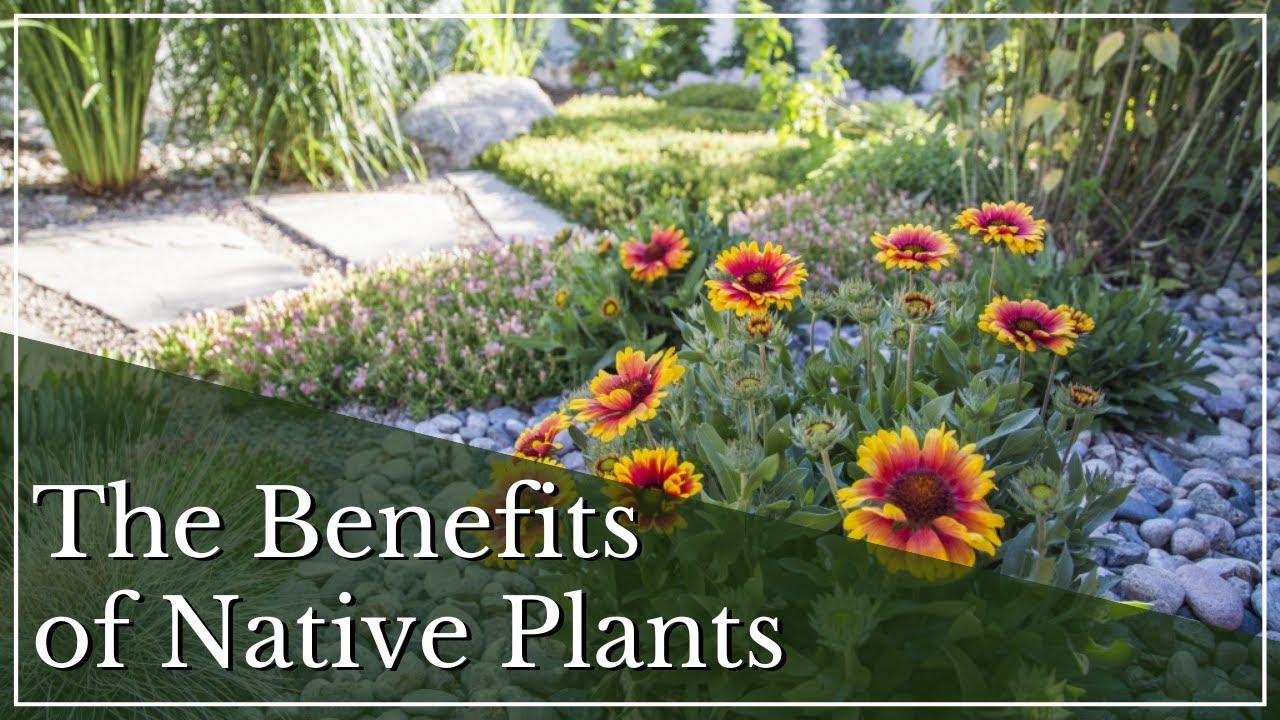

 .
.
